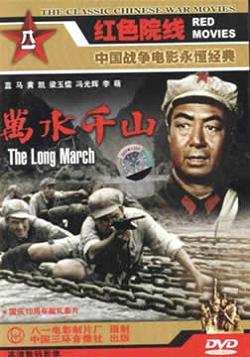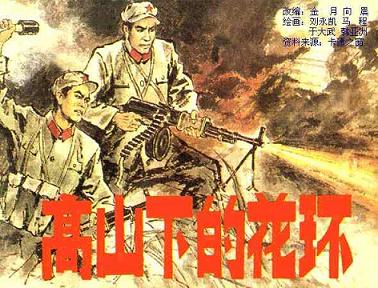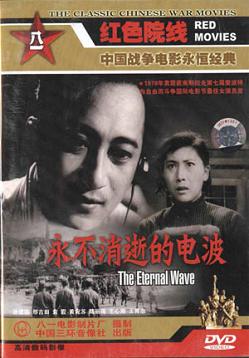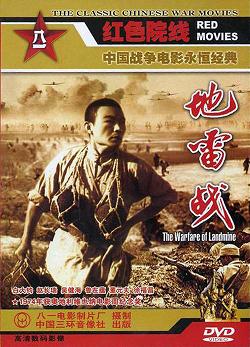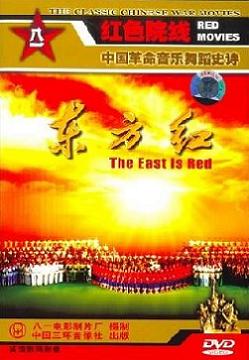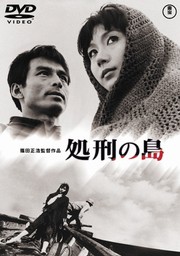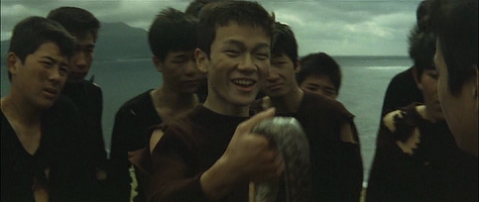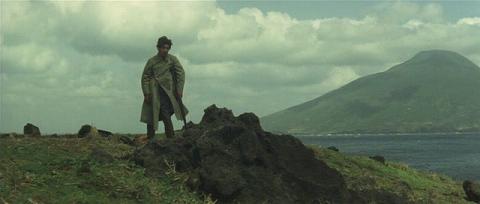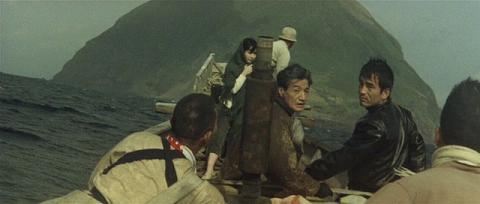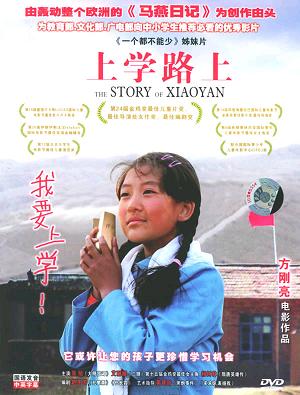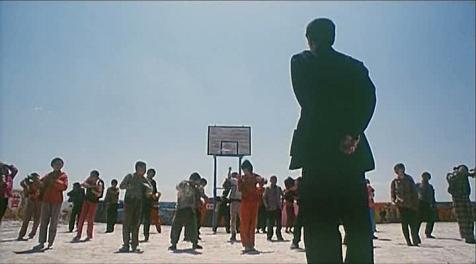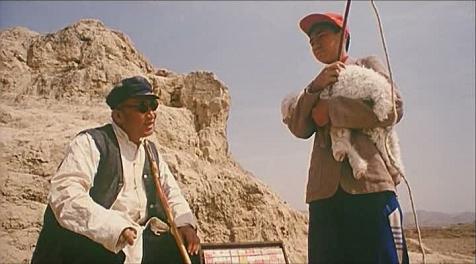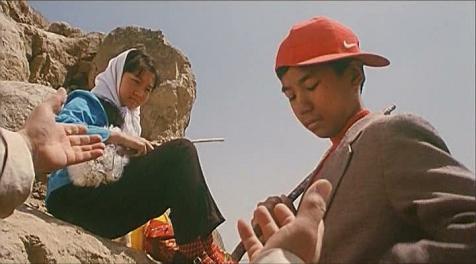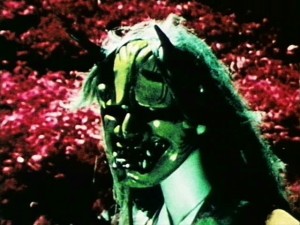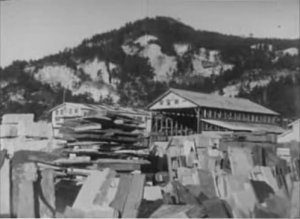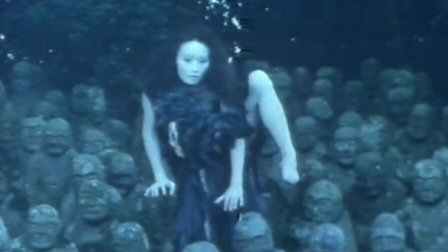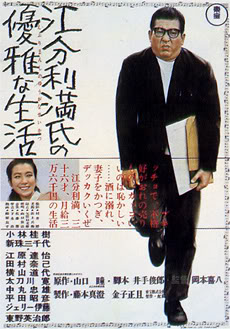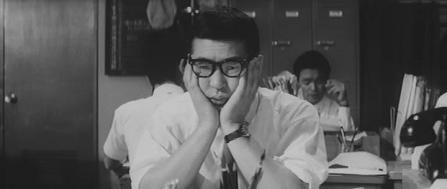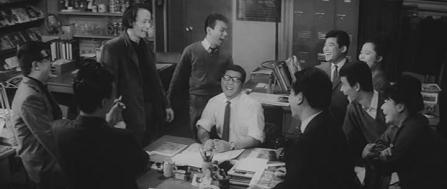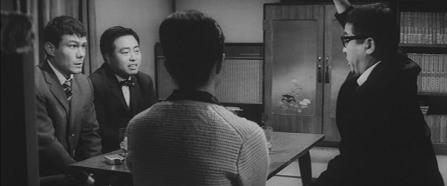5 Communist Propaganda Films That Don’t Suck
For some odd, odd reason, I enjoy watching Communist Era Propaganda films. They aren’t very good, and most aren’t that enjoyable… yet I have this morbid fascination that compels me to see them. Perhaps it’s just the completionist in me that forces me to bear them, just for the sake of saying I’ve seen them.. but eh. Sometimes you just like what you like. Thankfully, I’ve discovered a few gems along the way that have made sitting through hours of some crappy movies worth it. Here are 5 that definitely don’t suck.
1. Wan shui qian shan / The Long March
Director: Cheng Yin, Hua Chun
Year: 1959
Cast: Lan Ma, Li Meng, Chen Huiliang, Huang Kai
Rating: 8
Summary:
Old Li is injured during one of the many confrontations between the Chinese and Japanese armies. Now, he and his company must trek through mountains, marshes, meadows and plains to reach their next engagement, but Old Li is having a difficult time making it through. The troop, loyal to their instructor and friend, do whatever it takes to help him make it.
Comments:
An excellent drama, probably one of the best propaganda films made during this period. Old Li is a great protagonist, nuanced and well crafted, which is really rare for movies from this period. It’s his character’s bravery, and the difficult journey he must make, that makes this one special. There are also a couple of nice war sequences at the beginning, but at its heart this one is more of a drama.
——–
2. Gao shan xia de hua huan / Wreaths at the Foot of the Mountain
Director: Xie Jin
Year: 1985
Cast: Gai Ke, Guan Zhongxian, Lu Xiaohe, Ni Dahong, Sigin Gaowa, Tang Guoqiang, Wang Yumei
Rating: 8.1
Summary:
The story of a troupe of soldiers during the Sino-Vietnam war of 1979.
Comments:
The summary doesn’t sound very great, but so much happens in the movie that it’s a little difficult to come up with a summary. You get camaraderie between soldiers, corruption in the army, training sequences, heroic leaders, repentful leaders, and lots and lots of tears. It’s more similar to modern war movies that focus on character and tragedy rather than war films from the 60s and 70s that wanted to show heroism, nationalism, and of course a win for the home side. Definitely one of the best war movies ever to come from China. It probably doesn’t count as a communist propaganda film but… I had nowhere else to put it. :p
——–
3. Yong bu xiao shi de dian bo / The Eternal Wave
Director: Wang Ping
Year: 1958
Cast: Huang Wansu, Sun Daolin, Wang Gang-Xin, Xing Jitian, Yuan Xia
Rating: 6.5
Summary:
Communist Party undercover agents operate in Shanghai in 1939 against the Japanese.
Comments:
Spies! Okay, they are spies, but this is actually a bit more like a domestic drama between two spies of the communist army who act as husband and wife to try to stay under the radar. It focuses more on the difficulties in living that double life–and it’s not sexy or exciting like James Bond. There’s not a lot of action and there’s quite a bit of talking, but the movie is pretty solid especially compared to its contemporaries. The movie also stars Sun Daolin, one of the few actors from this period who I actually recognize (so I’ll just assume he was a big star during the day). This one has a modern remake, I think.
——–
4. Di lei zhan/ Warfare of Landmine
Director: Tang Yingqi, Xu Da, Wu Jianhai
Year: 1962
Cast: Bai Dajun, Zhao Changrui, Wu Jianhai, Lu Zaiyun, Xu Fuchang
Rating: 6.2
Summary:
It’s the Sino-Japanese War (as usual), and the Japanese army slowly takes control of Jiaodong county. With few soldiers and an overstretched line, the Chinese army decides to train the locals on the use of landmines! Yes, there will be a lot of explosions.
Comments:
Well, this is just silly. But in a good way? After having scene hours upon hours of propaganda films, I’ve sort of conditioned myself into thinking that most of them are comedies. It doesn’t always work to make the movies better, but at the very least it makes them more enjoyable. Warfare of Landmine is a prime example of “So Silly It’s Awesome”, and while the movie isn’t necessarily BAD, I’d definitely not recommend it for the acting, plot or cinematography. But Landmines… landmines are always exciting when they blow up bad guys.
——–
5. Dongfang Hong / The East is Red
Director: Wang Ping
Year: 1965
Cast:
Rating: 6.2
Summary:
The history of the People’s Republic of China from the start of the 20th century up to the Cultural Revolution… but as a musical stage play! Yes, the movie is literally one song and dance number after another, shot as a play within a movie.
Comments:
Honestly, I didn’t enjoy this that much, but I’m not a big fan of musicals. It’s a little absurd and of course full of communist propaganda, but it’s still an impressive production with nice scenes and pretty decent songs. This is by far the most unique propaganda film I’ve seen (seriously… a musical about communism), and it’s worth a watch if only because of that.
——–

